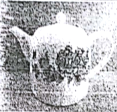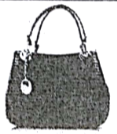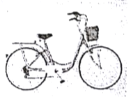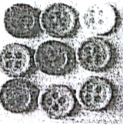Welcome to Made-in-China website! | |
| Tea pot Color: White Price: ¥120 Delivery(递送) time: 10 work days after receiving 30% payment. Tea pots with good quality. And the best gift for your friends or your family. |
| Handbag Color: Black/ white Price: ¥280 (¥520 for two on Women’s Day) Delivery time: 7 days after confirmation(认证) We have our own designers. Our new styles may give you a new surprise. |
| 2018 New Children Bicycle Color: Blue Price: ¥240 (20% off on Children’s Day) Delivery time: 5 day after confirmation With a basket for children aged from 3-7 |
| New Design Fashion Button Color: All kinds of colors Price: ¥1.00 (¥9 for ten) Delivery time: 3 days after confirmation New and popular designs, you can dye them into different colors if you like. |
1.Where can you buy these things according to the ad?
A.In a shop. B.In a mall. C.On the Internet. D.In a supermarket.
2.From the ad, you can buy the children bicycle for a child of__________.
A.2 B.5 C.8 D.10
3.The best birthday gift for your grandpa is __________.
A.some buttons B.a handbag C.a tea pot D.a children bicycle
4.You can get all the white objects except__________.
A.a tea pot B.a handbag C.a children bicycle D.a button
5.If you have¥400, you can buy__________.
A.two handbags B.500 buttons
C.a handbag and a bicycle D.a tea pot and a handbag



